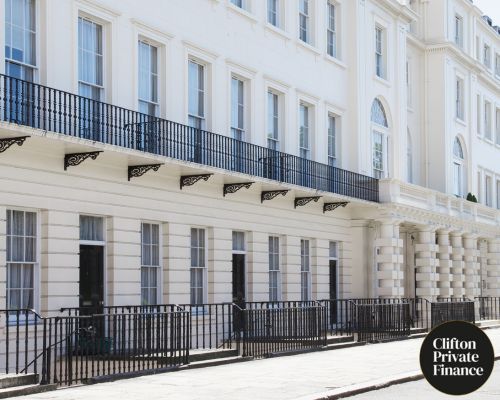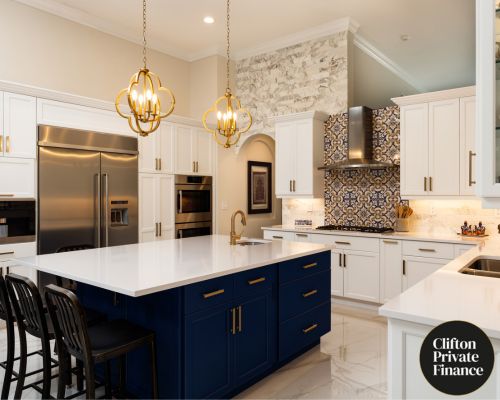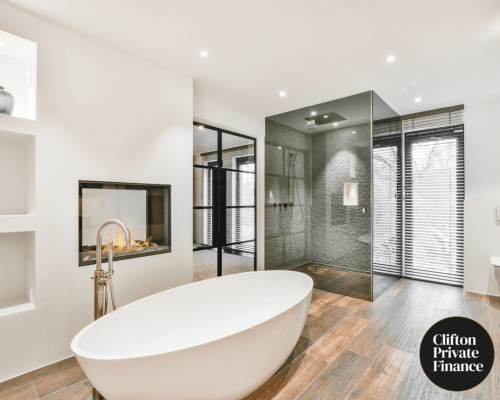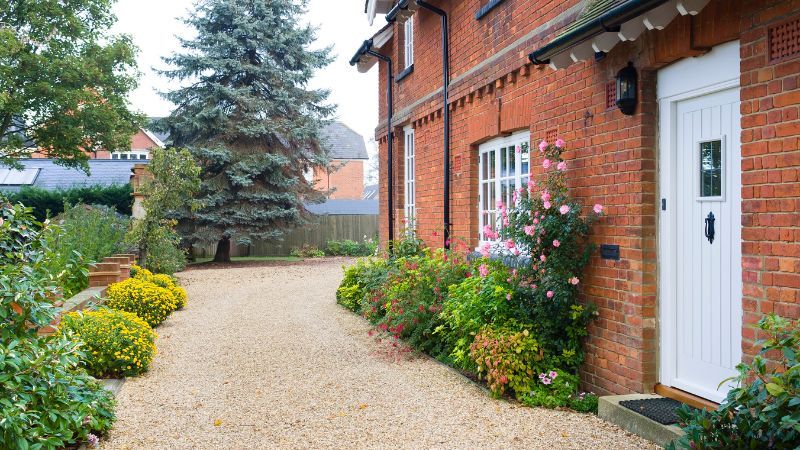Categories
What is the best loan to get for home improvements?
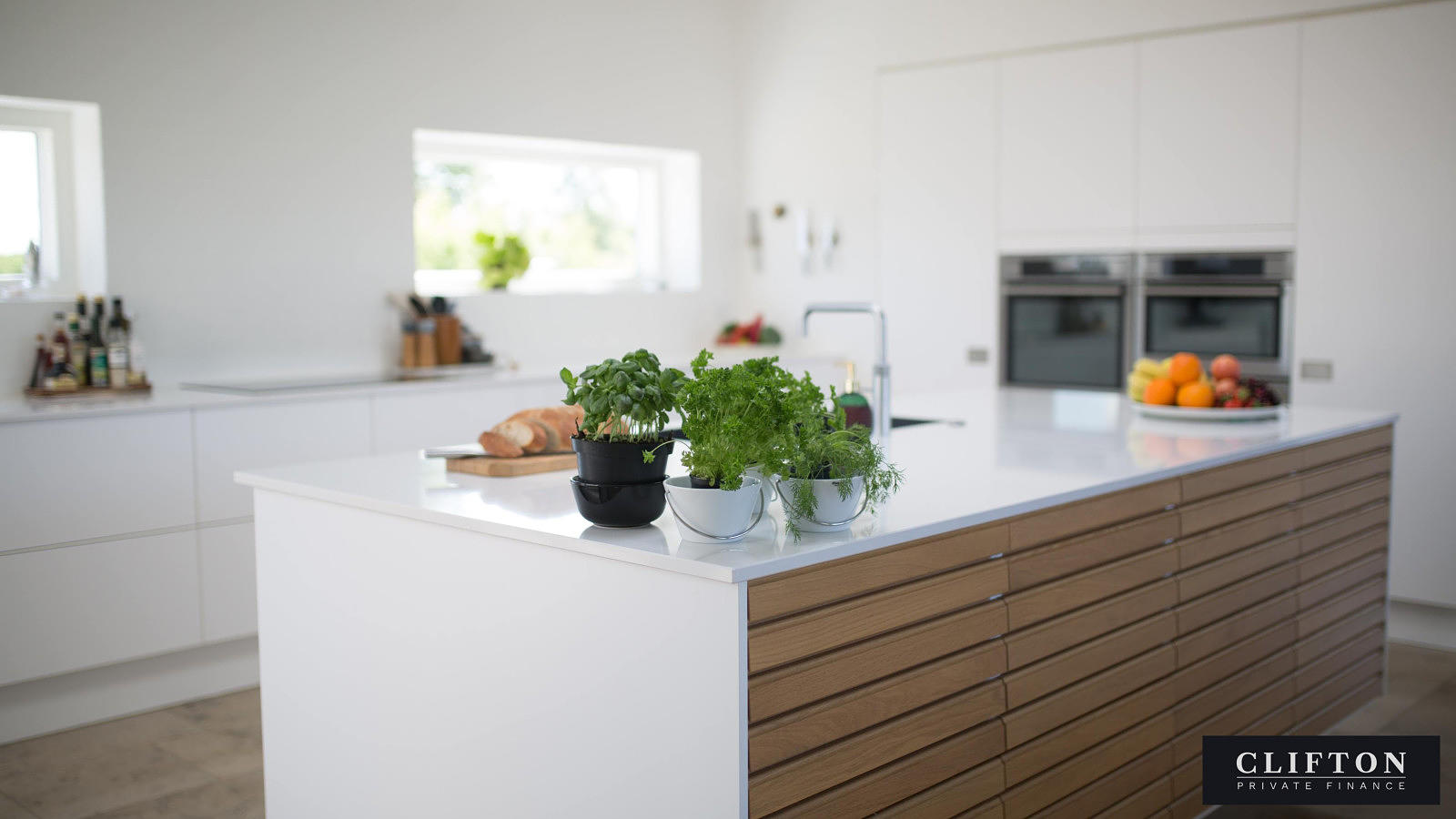
Home owners who are keen to upgrade their properties and add value to them have a variety options for paying for renovations.
1 Pay for building works on your credit card
This may well be the first option you consider: it’s quick and convenient, and you don’t need to set anything up. But practically, it may not work for you:
- Unless you’re a platinum card holder, even a £10-£15,000 credit card limit may not cover the cost of the works you’re planning.
- You might be able to pay for materials and fixtures on your card, but you’ll miss out on your builder’s trade discount, and it makes for complications if materials need to be returned.
- Not many builders are set up as merchants with credit card processing providers. They’ll incur merchant charges of 1-5% which they will probably want to pass on to you.
- If you withdraw payments in cash from your card account you’ll incur cash charges of around 3% (plus a fixed charge each time). And you won’t be creating the necessary paper trail for the tax office, and if payments need to be challenged at a later stage.
- Credit card borrowing is expensive. Average credit card lending rates of between 18-19%APR mean that putting £10,000 of kitchen costs on your card will cost you the swankiest boiling-water tap you might want to install, in annual interest rates.
Your next options are a personal loan, or borrowing against the value of your property.

2 Take out a personal loan to pay your builder
You can ask your own bank, or indeed any lender, for a straightforward loan:
- You can usually apply online
- You may get same-day approval
- Rates may be as low as 2.8% (going up to around 13%)
A lender will want to know what you're borrowing for, but most look favourably on money being spent on improving a property. Important points to consider:
- Most high-street personal loans are unsecured. That sounds risky, but "security" is for the lender, rather than you. An unsecured loan isn’t tied to your home: if you can’t repay, the lender doesn’t have the automatic right to claim your home.
- The lowest rates are usually for larger loans of £15-£25K. In general, it "costs less to borrow more" – but you don’t want to take on more debt than you need.
- Repayment periods are usually shorter: up to 5 years - which could sound too soon for you.
The usual personal loan limit of around £25K may be sufficient for a new kitchen or bathroom but may not cover major renovations such as central heating and rewiring, or a loft extension. In which case you may need to look at borrowing secured against the value of a property.

3 Short-term property finance for renovations
A bridging loan, or "bridge finance" may be the most effective borrowing if you’re renovating a property that’s not your home, with a view to selling it on or refinancing it as a buy-to-let.
Every bridging loan needs to have a clearly defined exit strategy at the outset.
If the property isn’t currently in a "mortageable condition" (without a kitchen or bathroom), a bridging loan can finance the purchase and the renovations, until the property can be sold, or re-mortgaged.
4 Fund home improvements with a further advance on your current mortgage, or by remortgaging
You might assume that the simplest and most affordable way of financing a renovation is to ask your current mortgage lender for an extension on your current borrowing: adding on the new renovation costs onto the amount you owe on your mortgage, to be repaid over the same term.
If your current fixed-term mortgage is coming to end of its fixed rate, this may be feasible. But your current lender may not agree. Or you may find that this involves re-mortgaging the whole amount at a new, higher rate, with arrangement fees on top.
To avoid this, you can look for a new mortgage for just the amount of the new borrowing.

5 Take out a second charge mortgage to pay for renovations
A second-charge loan, also known as a Homeowner's Loan, uses the value of your home as security for the lender.
It doesn’t affect your original mortgage. So if you’re on an attractively low fixed rate you don’t want to lose, that won’t change. But your original mortgagor does have to agree to a second charge being attached to the property.
It can be a flexible and quickly-arranged source of funding if you can manage the additional borrowing costs. But it's not entirely risk-free:
- This is a "secured loan". The security is for the lender, which makes it riskier for you because in the last resort they can sell your house to get their money back. So this is not a decision to be taken lightly - you should explore all the other options first.
- It’s called a "second-charge" mortage because this lender comes second in line for repayment after your first mortgagor (if for any reason you’re unable to repay and they’re going to sell your home to reclaim the debts). So the rate for this mortgage will be higher than for your main mortgage.
- Second-charge mortgages used to be seen as a last-ditch option, and were priced accordingly. But their interest rates have been dropping, and the rates are now looking very competitive compared with personal loans: currently as low as from 3.8%.
- As a mortgage, the repayment periods are much longer than for a personal loan – up to 25 years. The lower monthly costs could look very attractive for you. But because you're paying the interest for much longer, the overall cost of this borrowing money will be much higher.
What to look at when comparing the cost of borrowing for home improvements
- Don’t just look at the headline interest rates. Look at the repayment period.
- 5% over 20 years is more expensive than 10% over five years.
- What will be the interest cost for you, over the period you realistically expect to repay this debt?
- Twenty-five years is a long time to be paying even a comparatively low rate of interest.
- Will you be allowed to repay the loan sooner without penalty charges?
- Are there any other extra costs: like needing to increase your life assurance because you’ve increased your mortgage?

Get experienced advice
As you can see, the implications and costs of the different borrowing options are considerable. Talking to an experienced broker and getting them to source the most affordable finance for you will be money well spent. Contact Clifton Private Finance and arrange a convenient time to discuss what you need:







